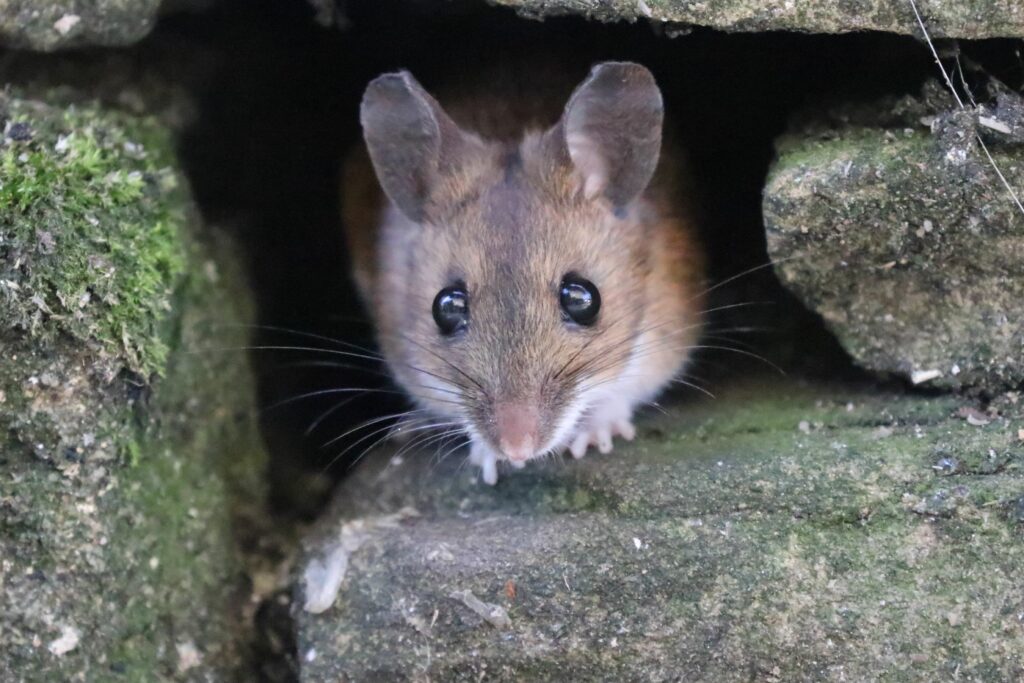As a landlord, maintaining your rental property can be a complex task, particularly when it comes to dealing with pest control. The issue of pest infestations in rented properties often presents a grey area regarding responsibility. Knowing when it falls upon the tenant or the landlord to address pest control can prevent conflicts and ensure the property remains in good condition. This article aims to clarify the roles and responsibilities of both parties in various scenarios.

Understanding Pest Control Responsibilities
The responsibility for pest control in rented properties typically hinges on the terms of the tenancy agreement, the nature of the infestation and the condition of the property. Here, we break down these factors to provide clarity.
Tenant Responsibilities
1. Cleanliness and Hygiene:
Tenants are generally responsible for keeping the property clean and hygienic. Infestations that arise due to poor cleanliness, such as leaving food out or not disposing of rubbish properly, typically fall under the tenant’s responsibility. For example, if a tenant’s neglect results in a mice or cockroach infestation, they would be expected to handle the pest control measures.
2. Preventative Measures:
Tenants should also take reasonable steps to prevent infestations. This includes ensuring that food is stored correctly, promptly cleaning up spills and maintaining general cleanliness. Regular cleaning and proper waste disposal can significantly reduce the likelihood of pests.
3. Reporting Issues:
It’s crucial for tenants to report any signs of pests to the landlord promptly. Early reporting can prevent a minor issue from becoming a major infestation. If tenants delay reporting an issue, they might be held responsible for the exacerbation of the problem.
Landlord Responsibilities
1. Structural Integrity and Maintenance:
Landlords are responsible for maintaining the structure and exterior of the property. This includes ensuring that there are no gaps, holes or other entry points for pests. For instance, if rats enter the property through a broken vent or gap in the wall, the landlord would need to address these structural issues and arrange for pest control.
2. Pre-existing Conditions:
If an infestation is present at the start of the tenancy, it is typically the landlord’s responsibility to resolve it. This could include anything from rodents to bed bugs. Ensuring the property is pest-free at the commencement of the tenancy is crucial to maintaining a habitable living environment.
3. Health and Safety Compliance:
Landlords are obligated to ensure that the property meets health and safety standards. Significant infestations that affect the habitability of the property, such as severe rodent problems or wasp nests, fall under the landlord’s purview. Landlords must address these issues promptly to comply with the Housing Health and Safety Rating System (HHSRS).
Shared Responsibilities
1. Ambiguous Causes:
There are situations where the cause of an infestation is not immediately clear. In these cases, it is often necessary to inspect and determine whether the issue stems from structural problems or tenant neglect. For example, a rodent infestation might be due to structural gaps or food left out by tenants. An investigation can help decide who should take responsibility.
2. Professional Inspections:
Regular professional inspections can help prevent pest problems. Landlords can schedule periodic pest inspections as part of the property’s maintenance regime, ensuring that any potential issues are identified and addressed before they become significant problems.
Practical Examples
Example 1: Rodent Infestation Due to Structural Issues:
A tenant reports seeing rats in the property. Upon inspection, it is discovered that the rats are entering through a gap in the external wall. In this scenario, the landlord is responsible for sealing the gap and addressing the rodent infestation.
Example 2: Cockroach Infestation Due to Poor Hygiene:
A landlord receives complaints about a cockroach infestation. Investigation reveals that the tenants have been leaving food out and not cleaning the kitchen adequately. Here, the tenants would be responsible for dealing with the pest control as the infestation resulted from their lack of cleanliness.
Example 3: Bed Bugs Present at Start of Tenancy:
A new tenant moves in and finds bed bugs in the bedroom. Since the infestation was present before the tenant moved in, the landlord would be responsible for eradicating the bed bugs and ensuring the property is habitable.
Understanding the delineation of responsibilities between landlords and tenants regarding pest control is essential for maintaining a healthy and habitable rental property. Clear communication and regular property inspections can prevent many pest-related issues. As a landlord, ensuring your property is in good repair and promptly addressing any pest issues reported by tenants will foster a better landlord-tenant relationship and uphold your obligations.
Are you a landlord looking for reliable property management services? Contact Northwood Estate Agents today to ensure your rental properties remain pest-free and compliant with all health and safety standards. Let us help you manage your property efficiently and professionally.






